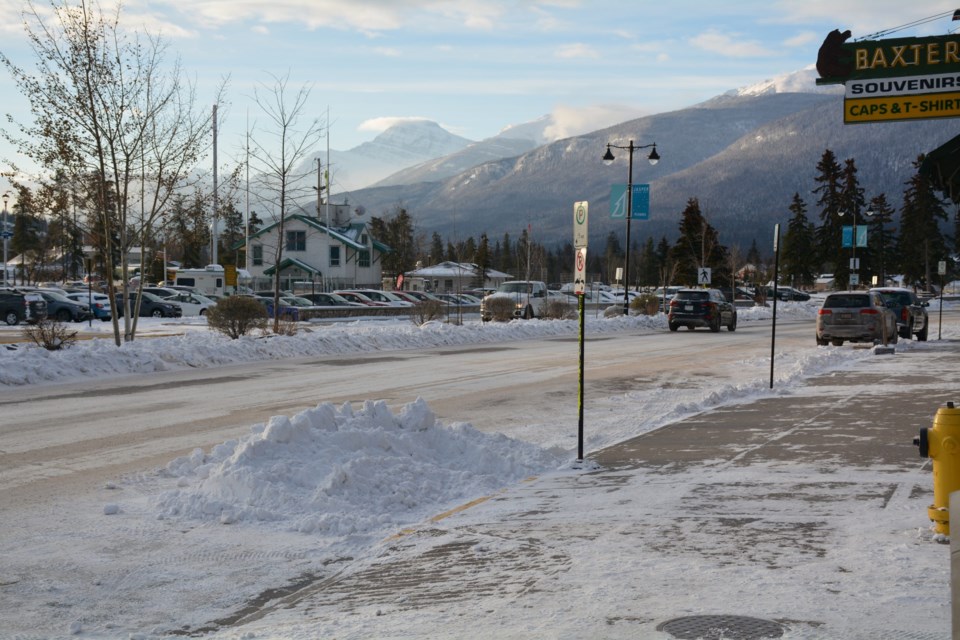Scott Hayes, Local Journalism Initiative Reporter | [email protected]
If last winter wasnтАЩt enough to offer some abject lessons in the importance of winterizing your vehicle, then the weather of this last week has come along to bring along a poignant reminder.
тАЬAt some points last winter when it was really bad around Christmas there, we had 20 calls waiting at the same time just to get out to boost people,тАЭ said Terry Lonsberry, driver and phone operator at Block Auto Towing.
тАЬWe had two guys running around in the truck all day from six o'clock in the morning till we would shut down at eight o'clock at night, just boosting, boosting, boosting, boosting, boosting, boosting, boosting.тАЭ
He confirmed that there has already been a spate of calls for service since Saturday. People just arenтАЩt prepared, he said, suggesting that many of them donтАЩt think of battery checks.
ItтАЩs critical to have a high cold cranking battery, especially when the temperatures dip down to -30 C and beyond. This is an important way to avoid sitting in -40 C weather, waiting for a service truck to come and boost your vehicle.
Winterizing really should occur before winter arrives, and it isnтАЩt just about getting your battery checked and load tested, however. ThatтАЩs just the one of the three major items on the checklist, with the two others being trading your summer tires out for the winter ones and making sure that your coolant is topped up.
тАЬIf your coolant isn't up to snuff, your radiator will get the possibility of breaking,тАЭ Lonsberry said. тАЬYou can freeze up solid if you don't have enough coolant and you don't have a battery that can handle it.тАЭ
Another important tip is to inspect your block heater cord and to make sure that your block heater is working. You should hear a humming or buzzing sound when it starts.
Now that youтАЩve got all those items checked off of your list, thereтАЩs still more to do before you can drive off. Scraping the ice off of all of your windows is a good start, but you must also make sure that the snow is off your headlights and brake lights and the roof of your vehicle as well.
Lonsberry chalked up that to laziness.
тАЬVisibility is hard enough without people being lazy. I've seen windshields smashed from that. The bad one is if you get ice built up there, it'll come off flying off as you're going down the road. That can go through radiators. It's amazing what flying ice can do.тАЭ
On top of all that, itтАЩs smart planning ahead to keep a winter survival kit in your vehicle. You need to properly equip your vehicle, he said.
Make sure that your kit has a lot of basic items such as candles and matches, blankets, granola bars, water, a tow rope, a flashlight, and reflective triangles or flares.
Keeping a bag of sand in your trunk too not only offers extra weight to help keep your vehicle gripped to the slippery road surfaces but you can also use the sand for grit when you are stuck and the wheels just spin and spin. You can also buy various traction tools that you can tuck under your tires to help you move forward when youтАЩre stuck.
Drive for the conditions and check the road reports ahead of time by calling 511 or visiting .




